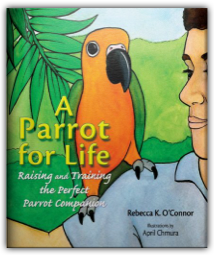
Parrots are wonderful companions that can enrich a home with entertainment and happiness for many years. In order to ensure the long-term health and well being of these special birds, it is important to understand how caretaking must adapt over the long life of these beautiful pets. 
On September 6, 2007, an African Grey parrot named Alex died prematurely at age thirty-one. His last words to his owner, Irene Pepperberg, were "You be good. I love you." 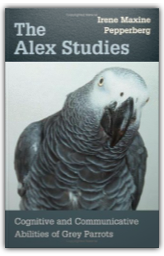
Can a parrot understand complex concepts and mean what it says? Since the early 1900s, most studies on animal-human communication have focused on great apes and a few cetacean species. Birds were rarely used in similar studies on the grounds that they were merely talented mimics—that they were, after all, "birdbrains." Experiments performed primarily on pigeons in Skinner boxes demonstrated capacities inferior to those of mammals; these results were thought to reflect the capacities of all birds, despite evidence suggesting that species such as jays, crows, and parrots might be capable of more impressive cognitive feats. 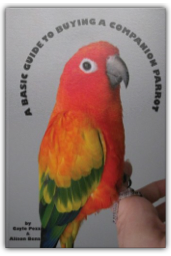
Things you should know before buying a companion parrot. 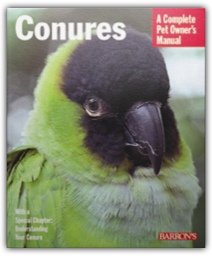
This handsomely illustrated book gives you a wealth of information on bird purchase, caging,, health care, and much more. Books in the Complete Pet Owner's Manuals series present basic information about pets for new or soon-to-be owners, as well as detailed information for other animal hobbyists. Advice and instruction covers purchase, equipment, general care and maintenance, and much more. Texts emphasize the basics and are easy for all readers to understand, but most titles in this series also present facts that even experienced owners and hobbyists will find new and useful. All books in this series are filled with high quality full-color photos and instructive line drawings. 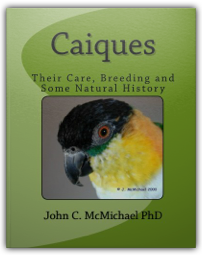
This book is divided into three parts. Part 1 provides information on caring for pet Caiques. Part 2 provides information on breeding Caiques. Part 3 delves into esoteric and scientific topics. |
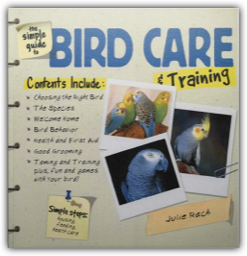
Loaded with color photos, tip boxes, and check lists, The Simple Guide to Bird Care & Training provides the tools needed to select the right bird, welcome it into a home, and then keep it happy and healthy. With chapters on feeding, housing, health care, and training, this handbook covers all there is to know about caring for an avian companion. The book also includes helpful tips and expert solutions to the most common situations faced by owners - from problem behaviors, such as feather picking and biting, to training issues, such as wing clipping and talking. Most importantly, the book uses compassion and humor to help owners transform a new pet into a cherished and well-adjusted member of the family. 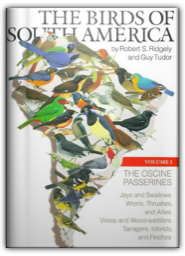
A land of incredible natural resources, the South American continent is rich in plant and animal species. Among birds alone, over 3,100 species are either resident or migrant. Birds are some of South America's treasures and also one of its most endangered resources. Hence the need for a descriptive record of South American birds that will serve both professional and amateur bird students and encourage conservation of these magnificent species. Although South American birds elicit much popular and scientific interest, they have never been completely or satisfactorily described and cataloged in a single, published source. The Birds of South America, projected to be a four-volume work, thus fills a critical void. Starting from a museum approach, the authors have examined specimens of each subspecies, comparing them visually and trying to discern the patterns in their plumage variation, both intra- and inter-specifically. They take a new look at bird systematics, reassessing relationships in light of new information. Perhaps most important, they combine this review and analysis with extensive field observations to give an accurate, incisive portrait of the birds in nature. At a time when rapid development is devastating millions of acres of tropical habitat in South America, this record of an endangered resource becomes crucial. If the birds and other plants and animals of South America are to be saved, they must first be known and appreciated. The Birds of South America is a major step in that direction. Volume I includes the Jays and Swallows; Wrens, Thrushes, and Allies; Vireos and Wood-warblers; Tanagers, Icterids, and Finches. 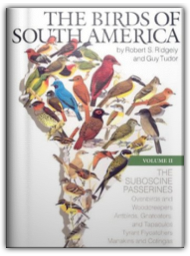
A land of incredible natural resources, the South American continent is rich in plant and animal species. Among birds alone, over 3,100 species are either resident or migrant. Birds are some of South America's treasures and also one of its most endangered resources. Hence the need for a descriptive record of South American birds that will serve both professional and amateur bird students and encourage conservation of these magnificent species. Although South American birds elicit much popular and scientific interest, they have never been completely or satisfactorily described and cataloged in a single, published source. The Birds of South America, projected to be a four-volume work, thus fills a critical void. Starting from a museum approach, the authors have examined specimens of each subspecies, comparing them visually and trying to discern the patterns in their plumage variation, both intra- and inter-specifically. They take a new look at bird systematics, reassessing relationships in light of new information. Perhaps most important, they combine this review and analysis with extensive field observations to give an accurate, incisive portrait of the birds in nature. At a time when rapid development is devastating millions of acres of tropical habitat in South America, this record of an endangered resource becomes crucial. If the birds and other plants and animals of South America are to be saved, they must first be known and appreciated. The Birds of South America is a major step in that direction. Volume II includes the Ovenbirds and Woodcreepers, Antbirds, Gnatcatchers, and Tapaculos; Tyrant Flycatchers; and Manakins and Cotingas. 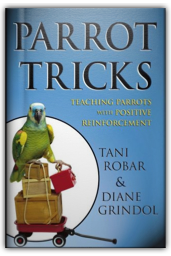
KEEP YOUR PARROT STIMULATED AND ACTIVE, AND HE WILL KEEP YOU ENTERTAINED! 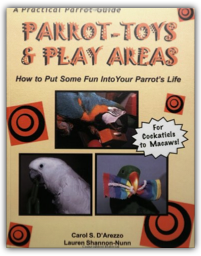
Providing activities for "Birdie Buzzsaws" and "Avian Einsteins" is a challenging and ongoing task for companion parrot owners. Parrot-Toys and Play Areas covers all aspects of play and encourages owners to "put some fun" into their parrot's life. Whether they choose to purchase or make their own parrot toys or play areas, bird owners will find this book loaded with practical advice, safety tips, and loads of ideas for both toys and play areas. By identifying their parrot's Play Style, an owner can find out what kinds of toys their parrot really likes. The Eleven Parrot Toy Categories then make toy selection fun and easy. In Part 2, play areas become exciting Parrot Adventure Stations with buying guides and building instructions. |

John W Fisher Jr
Collection Total:
98 Items
98 Items
Last Updated:
Mar 8, 2012
Mar 8, 2012


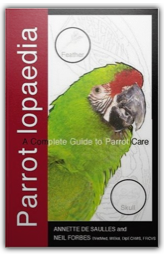
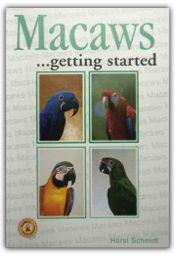
 Made with Delicious Library
Made with Delicious Library